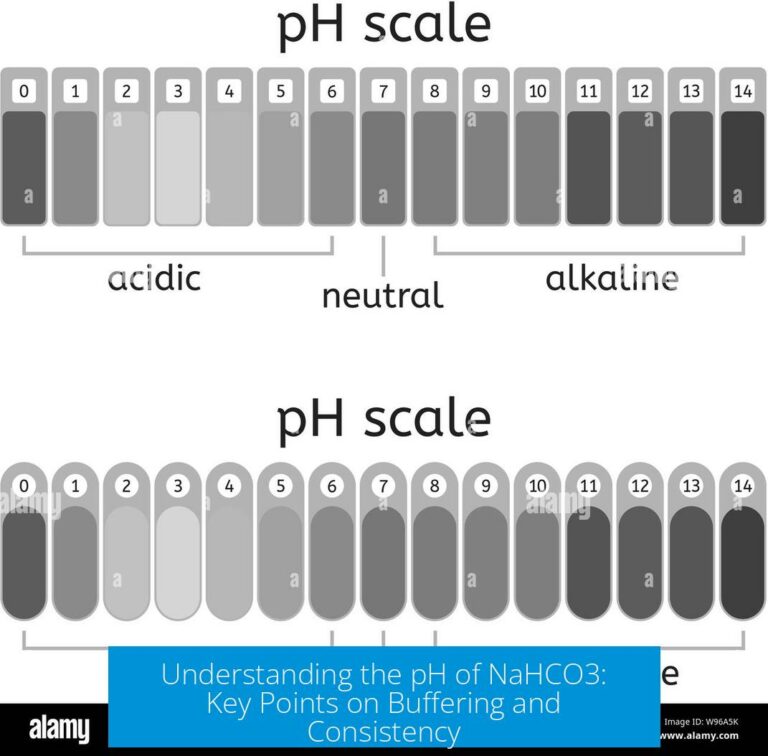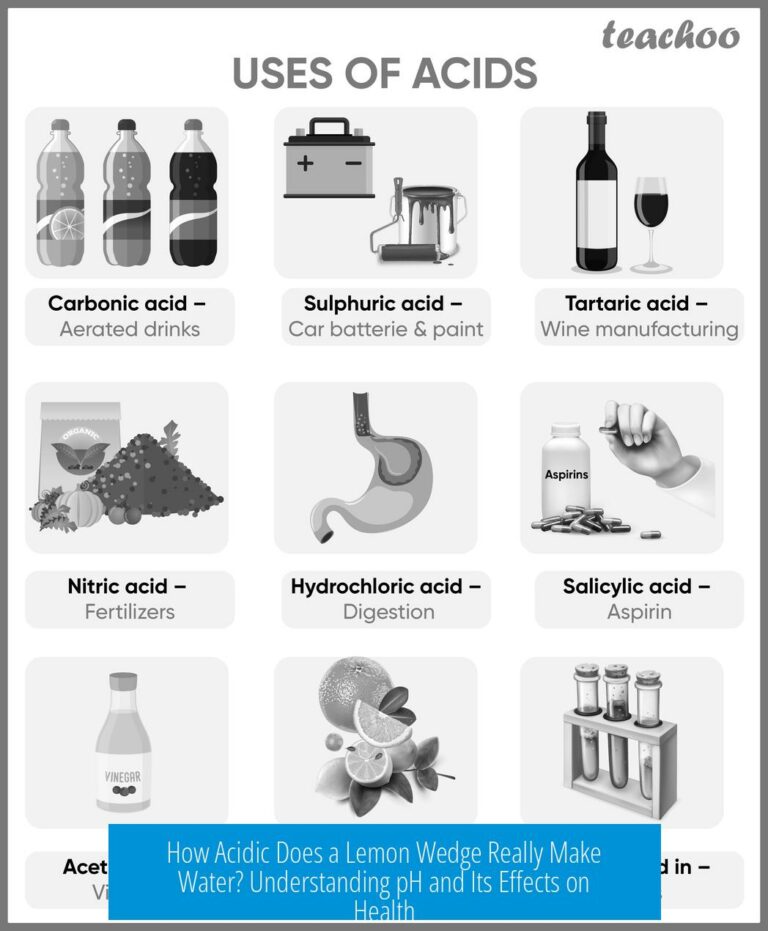Understanding the Difference Between HCl and HCl
Hydrogen chloride (HCl) and hydrochloric acid (also HCl) refer to the same chemical formula, but differ by their physical state and interaction with water. Hydrogen chloride is the gaseous form of HCl, while hydrochloric acid is the aqueous solution formed when hydrogen chloride dissolves in water.
This distinction clarifies why the same molecular formula carries different names in different contexts. Both are chemically related, but their properties and behavior change significantly depending on whether water is present.
Definitions and Physical States
Hydrogen chloride exists as a gas with the formula HCl, composed of hydrogen and chlorine atoms bonded covalently. It is a colorless, pungent gas under standard conditions.
Hydrochloric acid
- Hydrogen chloride = gaseous HCl
- Hydrochloric acid = aqueous solution of dissolved hydrogen chloride
Why Two Names?
The different names reflect distinct states and chemical behavior. As a gas, HCl retains its molecular form. When dissolved, it ionizes and behaves as an acid in water, a different chemical environment, justifying the different naming.
Behavior of HCl in Water
When hydrogen chloride gas dissolves in water, it forms hydrochloric acid. This change involves physical dissolution and chemical ionization.
Dissolution Process
Hydrogen chloride molecules enter the water and interact with water molecules. These interactions cause the HCl to dissociate almost completely into ions:
| Initial Substance | In Water |
|---|---|
| HCl (gas or dissolved molecule) | H3O+ (hydronium ion) + Cl- (chloride ion) |
This ionization is why hydrochloric acid acts as a strong acid. Very little molecular HCl remains in solution because it donates protons (H+) readily to water molecules, forming hydronium ions.
Strong Acid Behavior
HCl is classified as a strong Brønsted acid in aqueous phase because it fully transfers its proton to water. Thus, the solution mainly contains free hydronium and chloride ions, not molecular hydrogen chloride.
The strong acid nature explains the difference in behavior: pure HCl gas is a covalent molecule; in water, the acidic solution contains ions resulting from HCl’s dissociation.
Physical Properties and Heating Effects
Heating Hydrochloric Acid Solution
Heating hydrochloric acid solution reduces the gas’s solubility. As temperature rises, dissolved hydrogen chloride escapes from the solution as gas.
This occurs because gas solubility in liquids generally decreases with increased temperature. When heated enough, HCl gas bubbles out, leaving water and a reduced acid concentration.
Evaporation and Gas Release
If hydrochloric acid is boiled, the solution approaches an azeotropic mixture—a point where the vapor and liquid have the same proportions. Beyond this point, hydrogen chloride escapes as gas separate from liquid water.
This behavior is analogous to ammonia dissolved in water (“ammonium hydroxide”), which releases ammonia gas upon heating.
Gaseous Hydrochloric Acid?
Pure gaseous HCl contains no water, so the term “hydrochloric acid gas” is a contradiction. Hydrochloric acid exists only as the solution form. If water is not present, only hydrogen chloride gas exists.
Hydrogen chloride gas strongly absorbs moisture from the air, forming hydrochloric acid droplets or hydrate forms. Heating does not decompose HCl but causes it to co-evaporate with water.
Comparisons and Conceptual Analogies
One can compare HCl behavior to other compounds that change their state or form based on environment.
- NaCl (table salt): solid ionic compound dissolves in water, but the dissolved ions remain Na+ and Cl-, not molecular NaCl.
- Ammonium hydroxide: actually gaseous ammonia dissolved in water, reverting to ammonia gas when heated.
- Hydrogen chloride: gas that forms hydrochloric acid upon dissolution.
These examples illustrate how naming reflects chemical form and state, impacting physical and chemical properties.
Summary of Key Points
- HCl gas (hydrogen chloride) is a covalent molecule existing independently of water.
- Hydrochloric acid is the aqueous form of HCl where the gas has dissolved and ionized fully.
- In water, HCl dissociates into hydronium (H3O+) and chloride (Cl-), exhibiting strong acid properties.
- Heating hydrochloric acid reduces HCl solubility, releasing gaseous hydrogen chloride from solution.
- There is no “gaseous hydrochloric acid”; only hydrogen chloride gas or aqueous hydrochloric acid exist.
- Similar behavior occurs with other gases dissolved in water, like ammonia.
- Names depend on physical state and chemical interactions, reflecting practical and theoretical distinctions.
What is the difference between hydrogen chloride and hydrochloric acid?
Hydrogen chloride is HCl in gas form. Hydrochloric acid is the same HCl but dissolved in water. The acid is the aqueous solution of hydrogen chloride gas.
Why do we rarely see HCl molecules in hydrochloric acid?
In water, HCl mostly breaks into chloride ions (Cl-) and hydronium ions (H3O+). This happens because hydrochloric acid is a strong acid and fully ionizes, so free HCl molecules are rare in solution.
What happens if you heat hydrochloric acid?
Heating hydrochloric acid reduces HCl’s solubility, causing it to escape as gas. The gas released is hydrogen chloride, not hydrochloric acid since the acid form requires water.
Can hydrochloric acid exist as a gas?
No, gaseous hydrochloric acid cannot exist. Without water, HCl remains hydrogen chloride gas. Hydrochloric acid only forms when HCl dissolves in water.
Is the behavior of HCl in water similar to other gas-in-water solutions?
Yes, like ammonia gas dissolving to form ammonium hydroxide. Upon heating, the gas leaves the solution, similar to how hydrogen chloride escapes from heated hydrochloric acid.





Leave a Comment